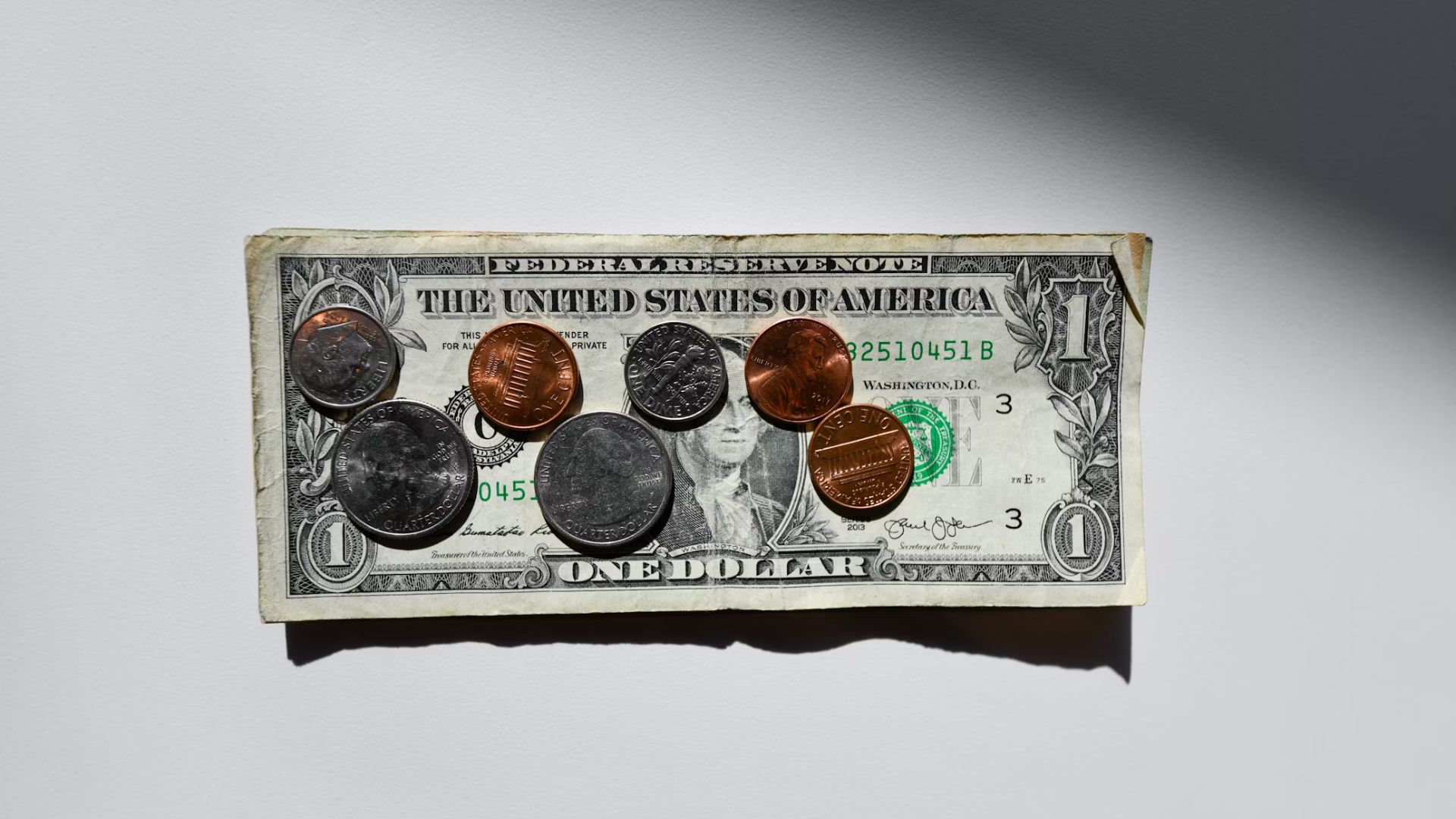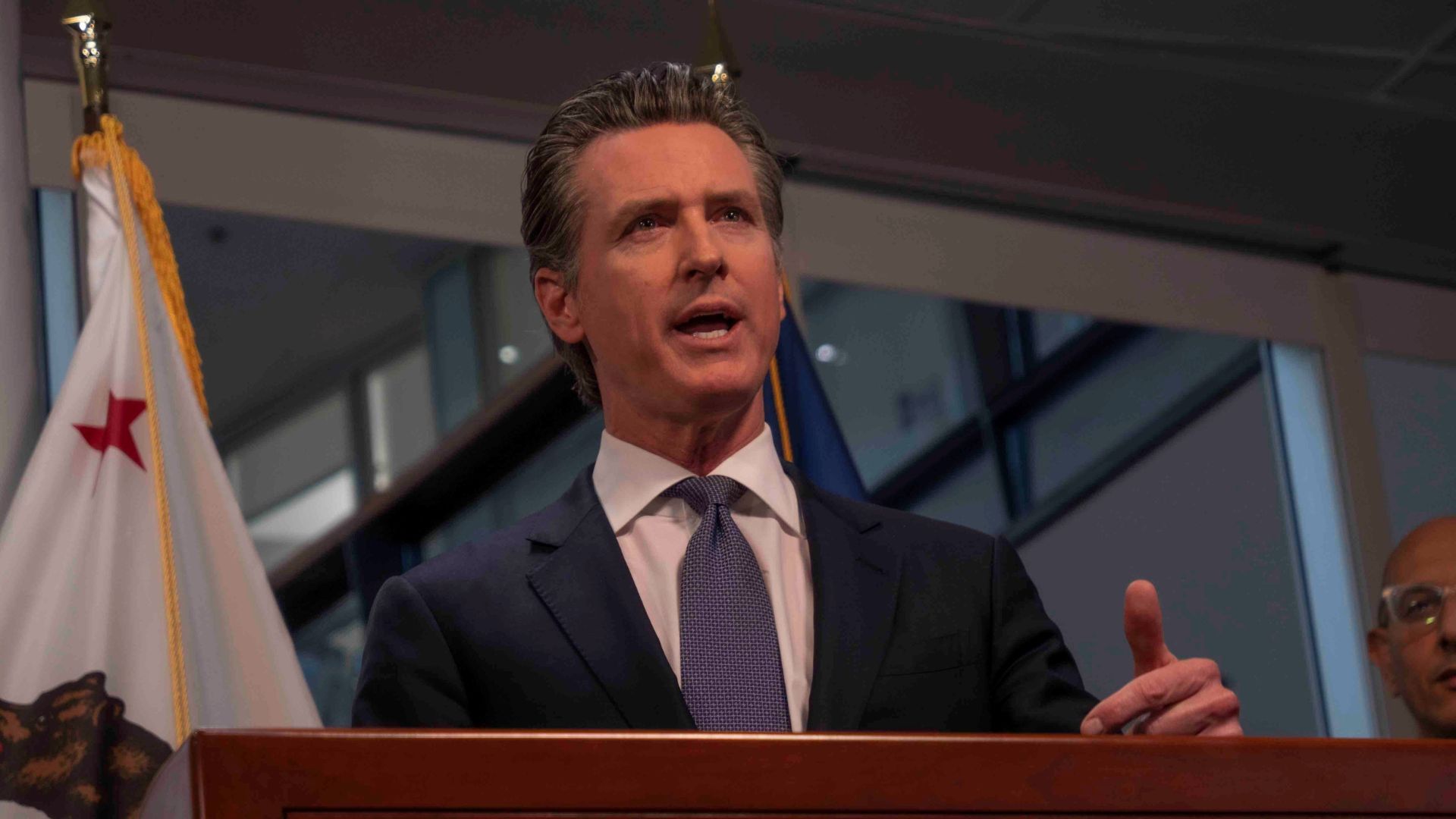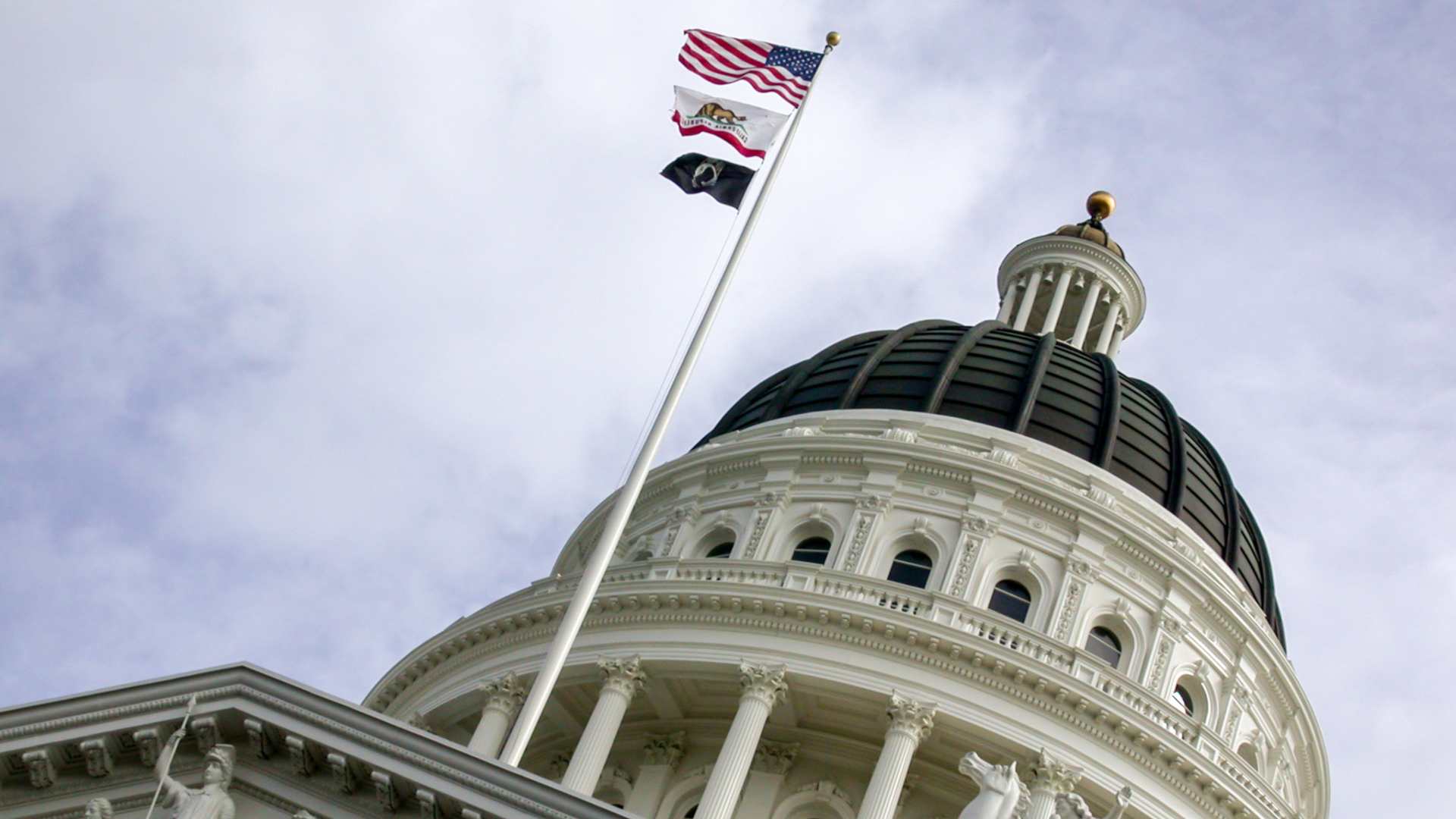The first round of promised wage increases for healthcare workers under a law signed by Governor Gavin Newsom last year are set to go into effect in just a couple weeks on June 1.
However, negotiations over the upcoming state budget and comments about delays by Newsom have left healthcare workers wondering if that pay raise will actually come.
California’s $56 Million State Budget Deficit

California is facing a $56 billion deficit over the 2024-25 and 2025-26 fiscal years. This is $27.6 billion in the 2024-25 year and $28.4 billion in the 2025-26 year.
This comes after the news that California services are facing $30 billion in cuts, with some being ongoing and others being one-time. Education and climate change initiatives are set to be most affected by this; however, Newsom has assured Californians that social services will remain “mostly untouched.”
Wage Increase

A wage increase for healthcare workers in California was signed into law in October by Governor Newsom, establishing a series of increases over time for healthcare workers.
The law, Senate Bill 525, sets a requirement that will increase the wage up to $25 for workers at most healthcare facilities in the state by 2028. The first date that the first step of increases would begin to take effect was determined to be June 1 of this year.
California Minimum Wage Workers Want a $30 Increase

Despite the current proposals of $25 an hour, California minimum wage workers are asking for $30 an hour. This is due to the rising cost of living preventing people from being able to afford their basic needs.
However, the issue that many businesses are having is that they cannot afford to keep on all of their workers due to the wage increases, which has led to some people losing their jobs.
Fast Food Workers Were the First To See an Increase

California has seen a few rises in minimum wage across different sectors over the last few months. One of the first groups to see an increase was fast food workers, who saw their wages increase to $20 an hour in April 2024.
When other Californians saw these increases, they also started to demand an increase in their wages so that they could be able to support their families.
First Year Effects

In February, UC Berkeley estimated in the first year of the implementation of the minimum wage increase for healthcare workers, 426,000 California workers would be affected.
These workers would see an earning increase of $6,400 in the first year, which UC Berkeley determined would account for a 19% increase in earnings on average.
Who is Benefitting?

According to the law, healthcare facility employers with over 10,000 or more full-time equivalent employees would pay employees $23 per hour on June 1 of this year.
Specified clinics, nursing facilities, and other covered healthcare facility employers must raise wages to at least $21 per hour by the Jun 1, 2024 date.
Which Healthcare Providers Will Be Affected

Not all healthcare providers will be affected by the pay increase, as only some will actually have to pay for it. The ones who are exempt are IPAs and small physician practices.
However, the providers who will have to pay for the wage increase are physician groups with 25 or more physicians and healthcare facilities that meet the criteria regardless of size. These are urgent care clinics, community, and other licensed clinics, ambulatory surgical centers, and hospitals.
Wage Increases Will Be Gradual

What should hopefully come as some good news for the providers having to pay for the wage increases is that these increases are set to be gradual rather than having one sudden leap.
This is to align more closely with the expected wage increases over time that are set to occur due to economic pressures faced by Californians and all other states across the US.
Minimum Wage Hikes Are Bad News for Californians

While many might think that increases in minimum wage are a good thing, it can actually pose bad news for many. With businesses struggling to afford the increase in wages, they are having to let some of their staff go.
It also means that the price of products is increasing to help businesses afford the increase in wages. This can also mean an increase in healthcare costs to help the healthcare industry afford to pay their workers.
Spending Increase

Typically Governor Newsom signs a budget in late June, so time is running out for negotiations to fix the California Budget.
According to the UC Berkeley Labor Center, if the minimum wage increase is not delayed, it would increase state spending by $2.7 billion, though the state would only be responsible for paying a fraction of that cost.
Effect of the Increase

A brief released in June of last year examining SB525 asserted that state costs due to the minimum wage increase would be somewhat offset.
According to the report, almost half of the families who use a healthcare worker affected by the increase are enrolled in public safety net programs, meaning the state would save money based on a reduced reliance on these programs. Medi-Cal savings from the wage increase would also “partially or fully” offset state costs related to Medi-Cal payments.
Newsom’s Comments

In January, Newsom said that he had wanted to postpone these anticipated wage increases promised in the law by tying a “trigger” for the increase to the state’s budget outlook.
Newsom and others were caught off guard by a massive government spending deficit that the LAO estimated in December was at least $68 billion.
Latest Proposal

Last week, Newsom presented a new budget proposal and said there would be potential changes to the health worker minimum wage law, but did not give specifics and left it up to the legislature to figure out.
“This budget will not be signed without that deal that we committed to being addressed,” Newsom said.
Workers Concerned

Nathan Selzer, communications director for the Service Employees International Union-United Healthcare Workers West (SEIU-UHW), relayed how worried people are given the uncertainty of the situation.
“Our workers were concerned and remain concerned. What we saw in conversations earlier this year was folks really focusing only on money and only on dollars and cents, and not on what those dollars and cents are used for,” said Selzer.
Healthcare Employees Covered Under the Wage Increases

Not all California healthcare workers will be covered under the new minimum wage increases. This means that only some people who work in healthcare are set to get an increase in their hourly wages.
Some professions covered under this increase are certified nursing assistants, technicians, patient aides, food service workers, housekeeping, medical coders and billers, schedulers, laundry workers, and contract workers.
Healthcare Employees Not Receiving a Wage Increase

What might come as a bit of a blow to some people is that not everyone working in the healthcare system will receive a pay rise.
Those healthcare workers not included are outside salespeople, public sector employees who do not perform healthcare duties, delivery or waste collectors who are not covered by the healthcare facility, and medical transport service workers who aren’t covered by the healthcare facility.
Healthcare Workers Can Expect Layoffs and Reduced Hours

While the wage increases might come as good news to many as they hope they will now be able to afford their basic needs, some healthcare providers have said their workers can expect layoffs and reduced hours once the wage increases have been implemented.
This is because they are unable to afford the increases, so they need to make some cuts in some areas. These workers might also receive a reduction in benefits and cuts to premium pay and vacation time.
Healthcare Organizations’ Largest Costs Are Labor Costs

One of the issues many healthcare organizations face is figuring out how to deal with the increase in healthcare workers’ wages, as labor costs are the highest costs these organizations face.
This means that they have now been left with trying to cut costs in other areas of their organizations, with the only thing they can think of is to try and reduce labor costs.
Changing Dates

While Selzer said that he personally is not directly involved in discussions with Newsom and legislators, what he has heard confirms workers’ fears and confusion.
“We’ve heard June 1, we’ve heard July 1. It remains to be seen what actually happens here,” Selzer said.
SEIU-UHW Pushing for $25

The union has been a staunch advocate for healthcare pay increases and has introduced an ad campaign to try to hold Newsom accountable to the law that he himself signed. One ad quotes a dialysis worker named Alice.
“At $18/hour, it’s no wonder my clinic is understaffed. It’s exhausting work that requires years of training. Why apply for this job when retail pays just as much?” said a captioned picture in an X post pushing to protect the $25/hr minimum wage.
Unknown Holdup

According to Calmatters, it’s unclear what exactly is holding up the negotiations for the required increases from the healthcare law so close to its deadline.
To prevent the deadline from coming and going, lawmakers would have to quickly pass legislation and Newsom would have to sign a bill within two weeks to successfully create a delay in the law’s implementation.
Healthcare Workers’ Minimum Wage Has Been Delayed

The initial date may have been June 1, but it has been announced that it has now been moved to July 1. Lawmakers are currently pursuing legislation to allow them to do so.
The delay to July will align the law with the state fiscal year. It also allows legislators and Newsom to continue their discussions to tie in the healthcare minimum wage increase with the California budget conditions.
Some Healthcare Workers Have Already Seen a Pay Increase

Despite many California healthcare workers still waiting on their pay increase or, at the very least, to find out the definite date for the increase or whether there will be another delay, some workers have already seen their pay increase.
Some have yet to see the pay increase but have been notified by their employers of when they will receive one. This gives a tiny bit of hope to the other healthcare workers who have yet to receive either of these, but only time will tell when this actually happens.
